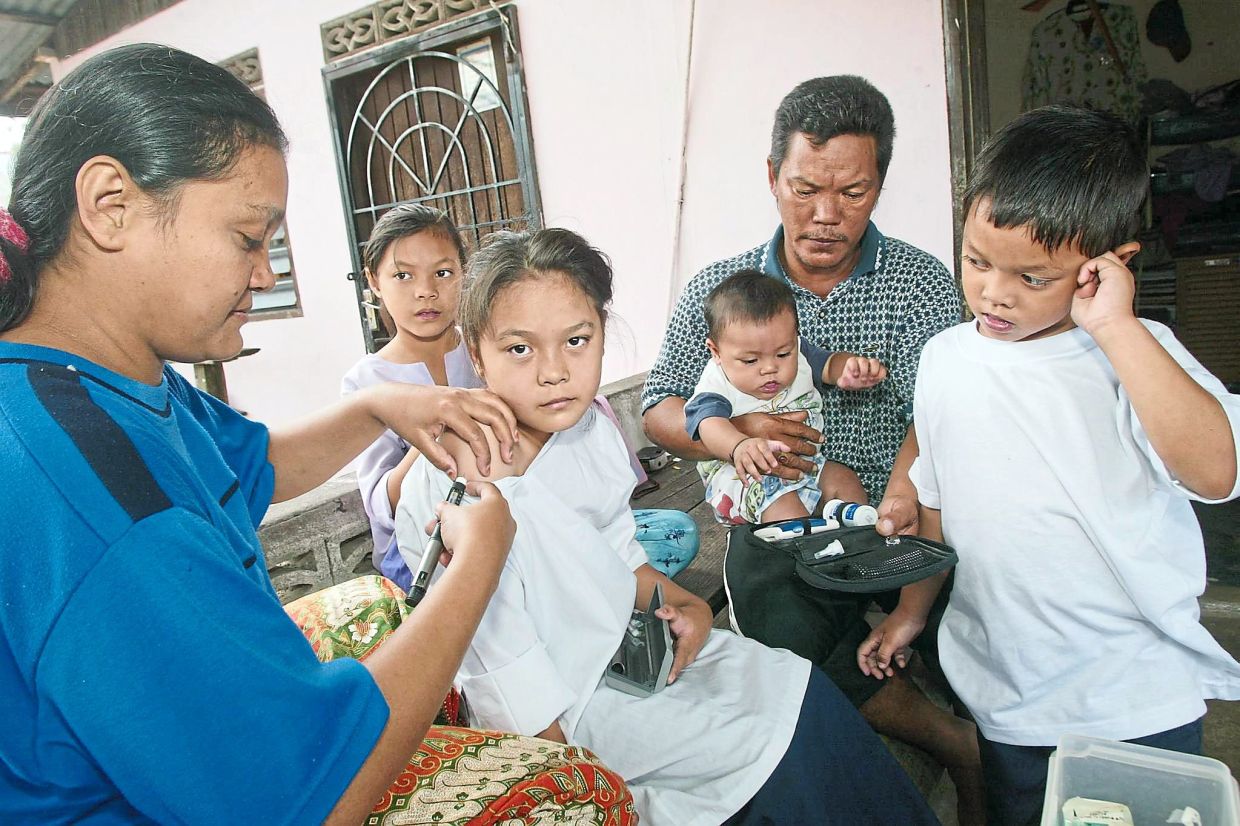Every November, as we mark World Diabetes Day (on Nov 14), I’m reminded of the many children, adolescents and families I’ve met over the years who live bravely with diabetes every single day.
When most people hear the word “diabetes”, they think about sugar levels, insulin and diet – and they’re right, those are all important.
But there’s another part of the story that we often forget: the emotional and psychological journey that comes with this lifelong condition.
A quick look at diabetes
Diabetes in children comes mainly in two forms: Type 1 and Type 2.
Type 1 diabetes happens when the body’s immune system mistakenly destroys the cells in the pancreas that make insulin – the hormone that helps sugar move from the blood into the cells for energy.
Without insulin, sugar builds up in the blood, which can be life-threatening.
Symptoms can appear suddenly, e.g. urinating and drinking more than usual, feeling very tired, losing weight, or even vomiting and breathing rapidly in diabetes ketoacidosis, a life-threatening complication.
Type 1 diabetes can happen to any child – it’s not caused by eating too much sugar and it cannot be prevented.
Continue Reading on The Star Malaysia
This preview shows approximately 15% of the article. Read the full story on the publisher's website to support quality journalism.
